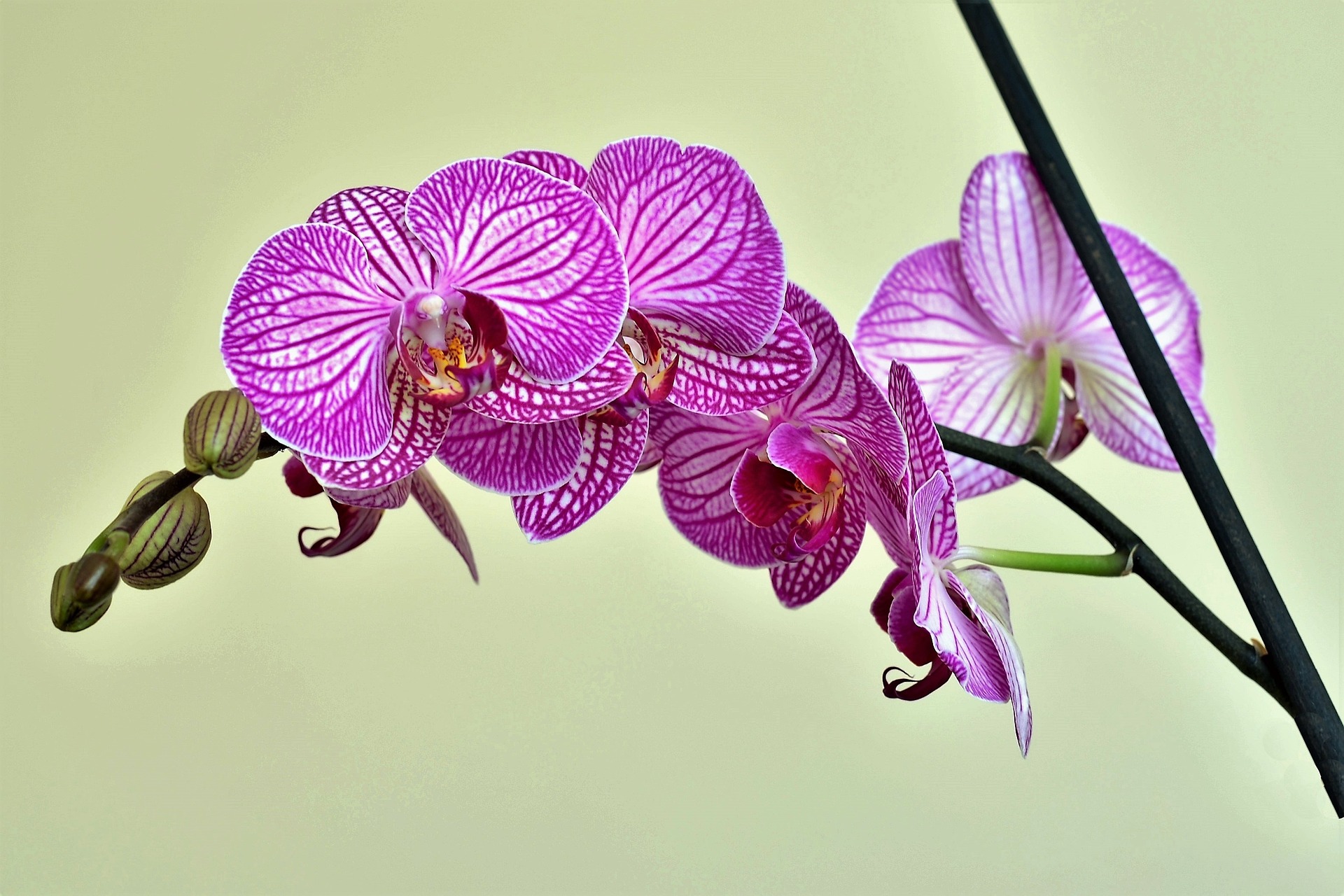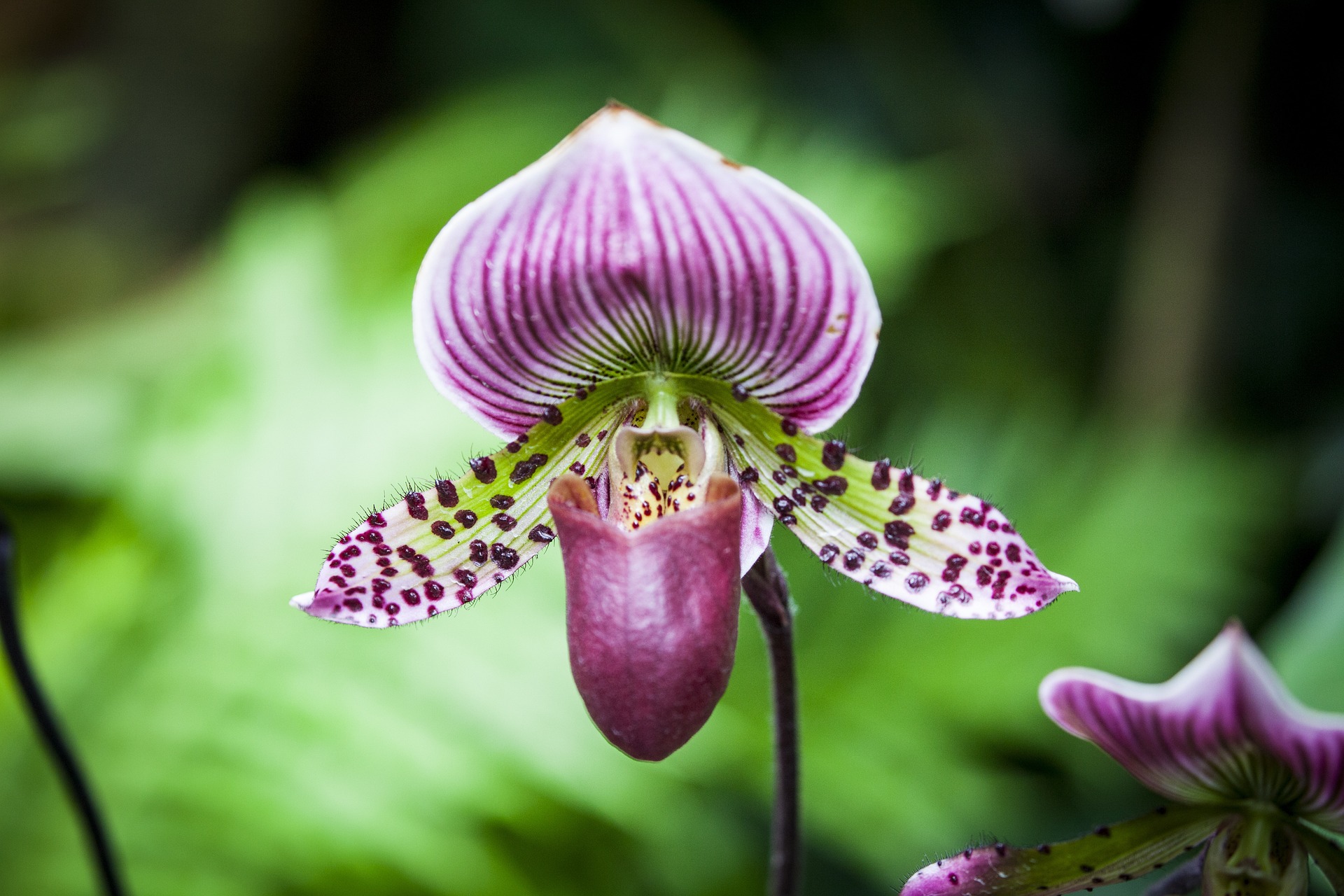- Home
- Orchid Watering Basics
- Air orchid care
Air Orchid Care
As one of the most beautiful and exotic flowers, orchids have long captured the hearts of gardeners and enthusiasts alike. But while orchids are known for their stunning beauty, air orchid care requires knowledge of the best environment suitable to your orchid, especially when it comes to epiphytic (air) orchids. In this article, we’ll explore everything you need to know about air orchid care and offer some key tips for taking care of epiphytic orchids in general.
Understanding Epiphytic (Air) Orchids
Air orchids, also known as epiphytes or “air plants,” are unique in that they do not need soil to grow. These plants are naturally adapted to grow on trees or other surfaces, where they absorb moisture and nutrients from the air, animal droppings, and rain or mist. Air orchids are commonly found in tropical regions and are prized for their delicate, strikingly beautiful blooms.
One of the most important things to understand about air orchids is that they require a different kind of care than other types of orchids. This is because they do not have access to nutrients and water from soil, and instead rely on the air around them to survive. Keep reading to learn some key tips for caring for air orchids, as well as general tips for taking care of all types of orchids.
Air Orchid Care Tips
Find The Perfect Spot
Epiphytic orchids thrive in various degrees of brightness, and always make sure not to place your orchid in direct sunlight. This means it’s important to find a spot in your home that gets plenty of natural light but is protected from the direct glare of the sun which will burn the leaves on your orchid. You should also avoid placing your air orchid in a drafty area, as this can dry it out too quickly and cause damage.
Water with Care
Watering air orchids can be tricky, as they do not need a lot of water and can be easily damaged by overwatering. The key is to mist your air orchid regularly with a spray bottle, making sure to thoroughly moisten all of its leaves and roots. You can also soak your air orchid in a bowl of water for a few minutes once a week, see growing in water culture for more information.
Use Fertilizer Sparingly
Unlike other types of plants, air orchids do not need a lot of fertilizer to thrive. In fact, too much fertilizer can actually be harmful to these delicate plants. A good rule of thumb is to fertilize your air orchid once every four to six weeks, using a very dilute solution of orchid fertilizer
Be Mindful of Temperature
Air orchids thrive in warm temperatures, ideally between 70 and 80 degrees Fahrenheit. They can tolerate cooler temperatures, but anything below 50 degrees Fahrenheit can have adverse effects. If you live in a colder climate, you will likely need to provide supplemental heat to keep your orchid healthy.
General Orchid Care Tips
Find The Right Spot
When it comes to orchids, choosing the right pot is crucial. You want a pot that is just big enough to accommodate the roots and has plenty of drainage holes to prevent water from pooling at the bottom. Ideally, your pot should also be made of a porous material like clay, as this will help the roots breathe.
Choose the Right Potting Medium
Air orchids are not grown in soil, and while they can be grown without any potting medium, they are usually grown in a pot with wood bark, moss or a combination of the two. When choosing a potting medium for your orchid, make sure to look for a mix that is specifically formulated for orchids and do some research or ask your local orchid expert on the best medium for your particular orchid. These mixes are designed to provide good drainage and aeration, which is crucial for healthy root growth
Water with Care
As we mentioned earlier, overwatering can be one of the biggest challenges when it comes to orchid care. To avoid overwatering your orchid, make sure to let the potting medium dry out completely between waterings. It is perfectly fine to water the leaves as well as the roots, but you should also avoid getting water where it will pool between the leaves and the stem, as this can possibly lead to fungal growth or rot.
Provide Proper Airflow
Orchids need good airflow to thrive, so it’s important to make sure they are not overcrowded. Try to leave some space between your orchids to allow for good air circulation. You can also supplement with the use a fan and humidifier or open a window to provide for additional airflow and or moisture.
Air orchids and other types of orchids require a bit of patience and care, but the end result is well worth it. With the right care, these delicate plants will reward you with stunning blooms and a sense of satisfaction that comes with successfully caring for one of the more challenging types of plants. Remember to follow the tips we’ve shared here, and don’t be afraid to experiment to find what works best for you and your orchids. Happy orchid gardening.




